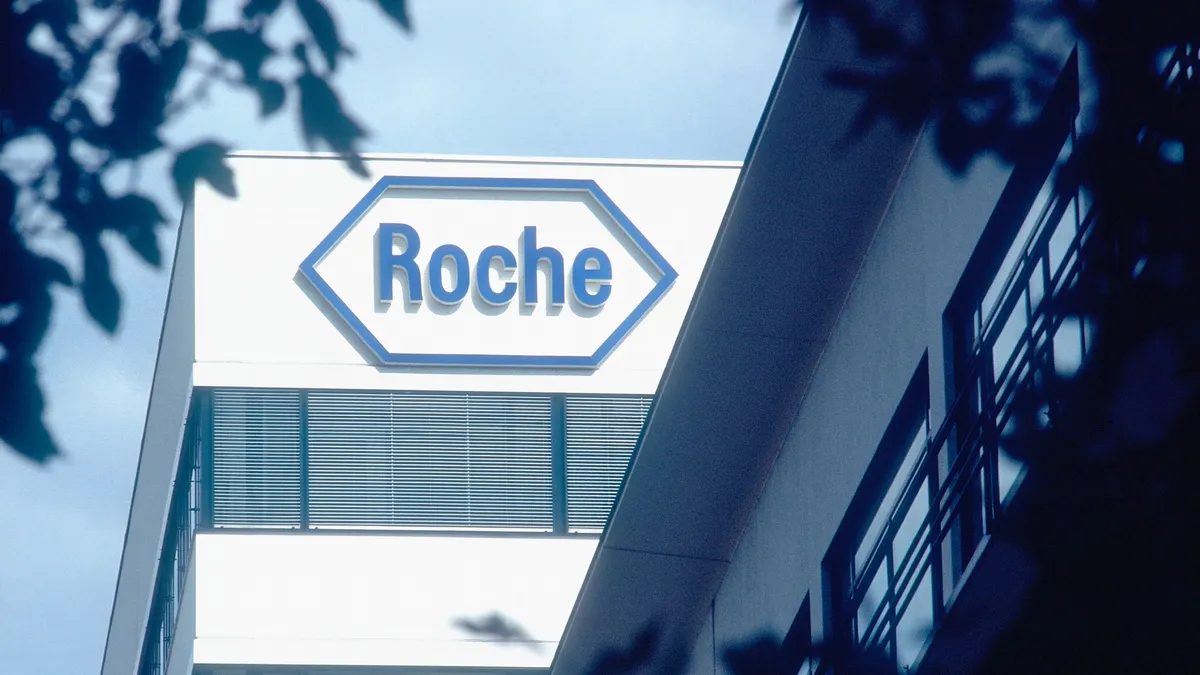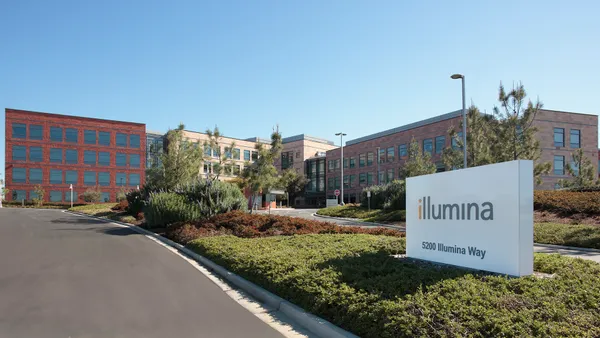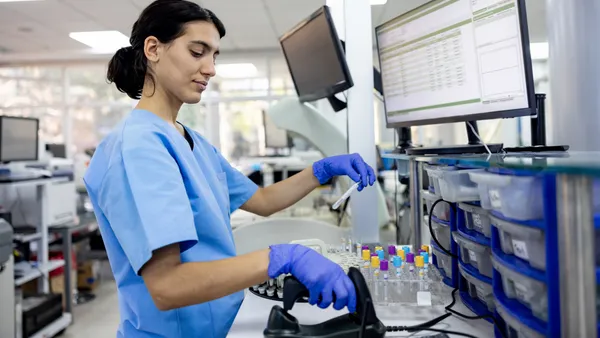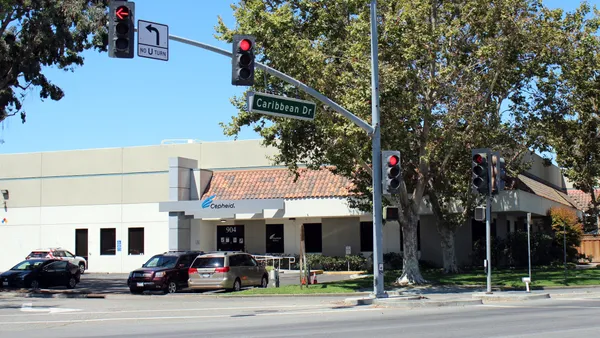Dive Brief:
-
Roche reported 6% third quarter sales growth at its diagnostics business, building on similar gains earlier in the year driven by a 10% jump in sales of Roche’s immunodiagnostic products.
-
Parts of the third quarter results released Wednesday are a near carbon copy of the figures for the second quarter. Once again, the immunodiagnostic subunit of Roche’s centralized and point-of-care solutions division led the way. The subunit’s 10% growth powered the point-of-care division to 7% growth.
-
The update is the first set of financial results since Roche’s long-time diagnostics CEO Roland Diggelmann left the company.
Dive Insight:
Roche’s diagnostics division has been a consistent performer over the past 18 months. Since the start of 2017, sales have increased by between 4% and 7% every quarter. The latest set of results further Roche’s record of consistent, solid sales growth.
As in the preceding quarter, the performance of the point-of-care division offset weakness at Roche’s diabetes care unit. Diabetes sales rose by 1% for the second successive quarter, with slight growth in blood glucose measurement devices again compensating for falling sales of insulin delivery systems. Roche, like the rest of the diabetes sector, is facing ongoing pricing and reimbursement pressures.
Roche’s performance in different geographies was equally consistent. North America and Asia Pacific, which account for more than half of Roche’s diagnostic sales, were again the key drivers, recording sales growth of 6% and 13%, respectively. In the second quarter, the figures were 7% and 14%.
The strong performance in North America and, in particular Asia Pacific, offset ongoing sluggishness in the Europe, Middle East and Africa (EMEA). Roche makes around two-fifths of its diagnostic sales in EMEA but the region is growing slowly. Sales ticked up 2% in the third quarter, compared to 1% in the preceding three months. Diabetes care dragged EMEA sales growth down from 4% to 2%.
The trends are driving a rebalancing of Roche’s geographic sales footprint. At the start of 2016, Asia Pacific and EMEA respectively accounted for 20% and 43% of sales at the diagnostic unit. In the most recent quarter, the figures were 26% and 39%.
Roche’s investments reflect the changes. With sales in China growing 14% in the third quarter, Roche has opened a diagnostic manufacturing and R&D site in Suzhou. Roche will supply all of Asia Pacific from the facility.
“With a workforce of more than 400 employees, we will ensure a sustainable supply of clinical chemistry and immunoassays for the Asia-Pacific market,” Michael Heuer, the CEO of Roche’s diagnostics unit, said on a conference call with investors.
The opening of the site is one of a range of ways Roche is trying to maintain consistent growth in the years to come. Earlier this week, Roche introduced the NGS Avenio tumor tissue analysis kits to facilitate the genomic profiling of solid tumors in clinical research. Roche has around a dozen other diagnostic introductions lined up for the rest of 2018.
Responsibility for ensuring these launches go smoothly falls on Heuer, who took over as CEO of Roche’s diagnostics unit at the start of October. Roche named Heuer as interim CEO in August when it revealed Diggelmann was stepping down after a decade running the diagnostics business. Heuer began his career working on immunoassays at Boehringer Mannheim in the 1980s before spending 20 years rising through the ranks at Roche.
Having participated in his first quarterly results call as CEO, Heuer’s next big public-facing task will come in November when Roche holds its diagnostics investor day.










